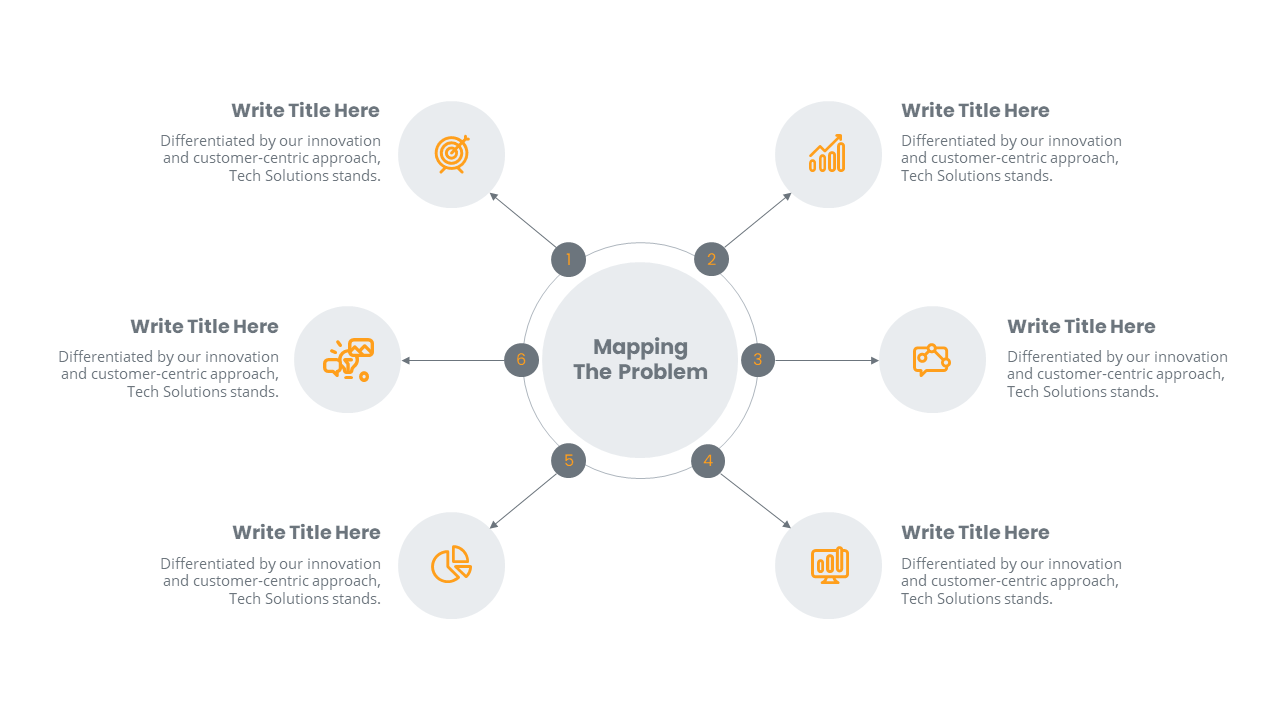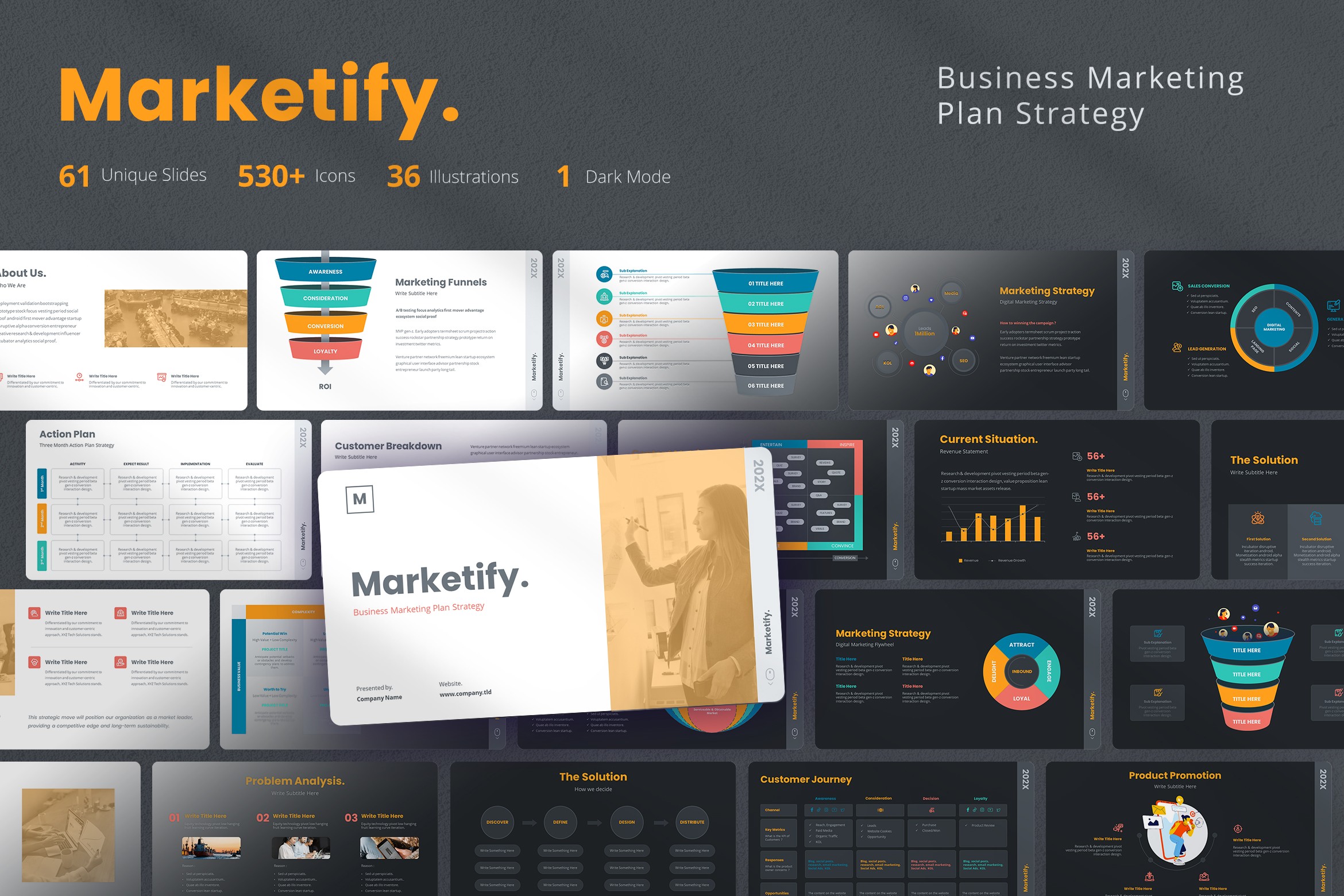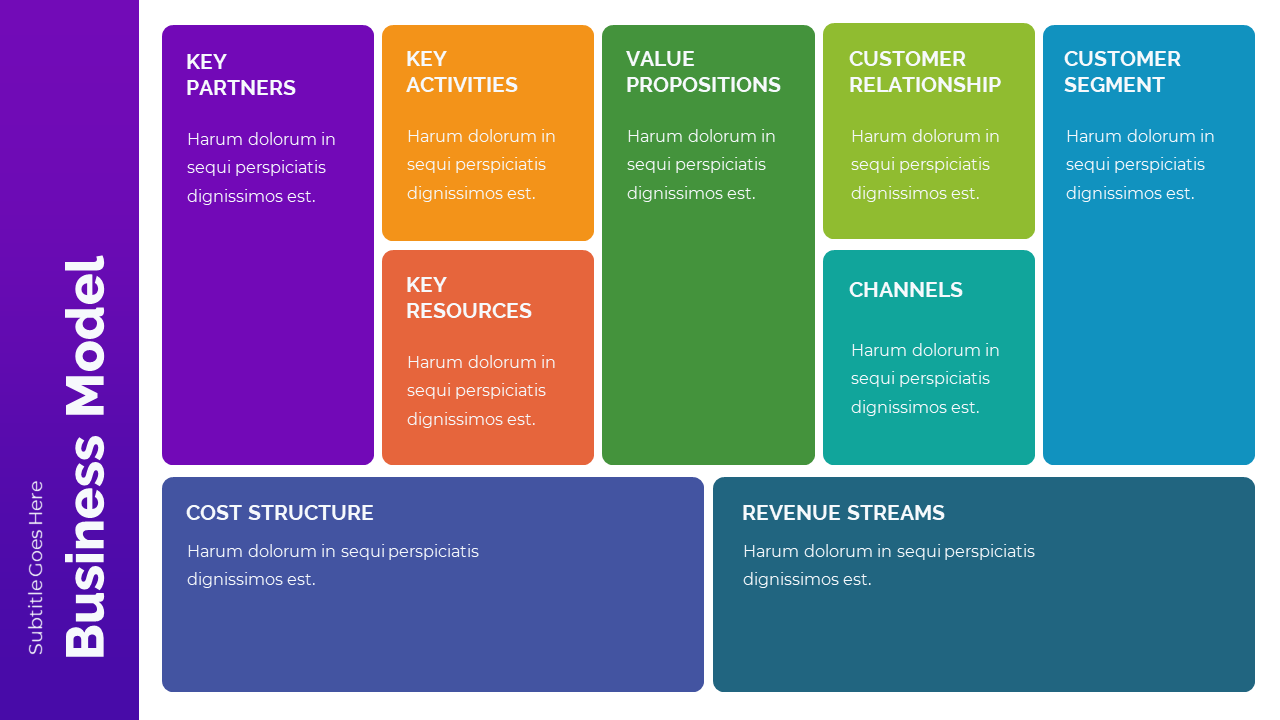Creating a compelling pitch deck in 2025 is a critical step for entrepreneurs seeking investment or support for their business ideas. A well-structured pitch deck not only conveys your vision but also engages your audience and persuades them to take action. In this article, we will explore the essential sections of a pitch deck and the key points to include in each section to ensure your presentation is effective and memorable.
1. Introduction
The introduction sets the tone for your pitch deck. It should be concise and engaging, capturing the audience's attention right from the start. Here are the key points to include:
-
Your Name and Title: Introduce yourself and your role in the company.
-
Company Name and Logo: Display your company’s name and logo prominently.
-
Tagline: Include a catchy tagline that summarizes your business in a few words.
-
Purpose of the Presentation: Clearly state the purpose of your pitch, whether it’s to seek funding, partnerships, or other forms of support.
2. Problem Statement
In this section, you need to articulate the problem your business aims to solve. This is crucial for establishing the relevance of your solution. Key points to cover include:
-
Identify the Problem: Clearly define the problem and explain why it matters.
-
Target Audience: Describe who is affected by this problem and provide relevant statistics to illustrate its significance.
-
Emotional Appeal: Use storytelling techniques to create an emotional connection with your audience, making them feel the urgency of the problem.
3. Solution
Once you’ve established the problem, it’s time to present your solution. This section should be compelling and straightforward. Key points to include:
-
Your Product or Service: Describe what you are offering and how it addresses the problem.
-
Unique Selling Proposition (USP): Highlight what makes your solution unique compared to existing alternatives.
-
Benefits: Clearly outline the benefits of your solution, focusing on how it improves the lives of your target audience.
4. Market Opportunity
Investors want to know that there is a viable market for your product or service. This section should provide insights into the market landscape. Key points to cover:
-
Market Size: Present data on the size of the market and its growth potential.
-
Target Market: Define your target audience and explain why they are the right fit for your solution.
-
Market Trends: Discuss relevant trends that support the need for your solution and indicate future growth.
5. Business Model
In this section, you will explain how your business intends to make money. Key points to include:
-
Revenue Streams: Outline your primary revenue streams and how you plan to monetize your product or service.
-
Pricing Strategy: Discuss your pricing model and how it compares to competitors.
-
Sales Strategy: Briefly explain how you plan to reach your customers and drive sales.
6. Competitive Analysis
Understanding your competition is vital for demonstrating your business's potential. This section should provide a clear picture of the competitive landscape. Key points to cover:
-
Competitors: Identify your main competitors and their strengths and weaknesses.
-
Competitive Advantage: Highlight what sets your business apart and how you plan to maintain that advantage.
-
Market Positioning: Discuss how you position your product or service in the market relative to competitors.
7. Go-to-Market Strategy
Your go-to-market strategy outlines how you plan to launch your product and gain traction. Key points to include:
-
Marketing Channels: Identify the channels you will use to reach your target audience (e.g., social media, email marketing, partnerships).
-
Customer Acquisition: Explain your strategy for acquiring customers and building brand awareness.
-
Milestones: Outline key milestones you aim to achieve in the early stages of your business.
8. Financial Projections
Investors will want to see your financial forecasts to assess the viability of your business. Key points to cover:
-
Revenue Projections: Provide realistic revenue projections for the next 3-5 years.
-
Expenses: Outline your expected expenses and how you plan to manage costs.
-
Break-even Analysis: Discuss when you expect to break even and start generating profit.
9. Team
A strong team is often a deciding factor for investors. This section should highlight the key members of your team. Key points to include:
-
Founders and Key Team Members: Introduce the core team and their relevant experience.
-
Advisors: Mention any advisors or mentors who add credibility to your business.
-
Team Strengths: Highlight the skills and expertise that make your team capable of executing the business plan.
10. Call to Action
Finally, conclude your pitch deck with a strong call to action. This is your opportunity to tell the audience what you want from them. Key points to include:
-
Funding Request: Clearly state how much funding you are seeking and what it will be used for.
-
Next Steps: Outline the next steps for interested investors, such as scheduling a follow-up meeting or providing additional information.
-
Thank You: End with a thank you slide, expressing gratitude for their time and consideration.
Conclusion
Creating a successful pitch deck requires careful planning and attention to detail. By focusing on these essential sections and key points, you can craft a compelling presentation that resonates with your audience and increases your chances of securing the support you need. Remember, practice makes perfect, so rehearse your pitch to ensure you deliver it confidently and effectively. Good luck!









